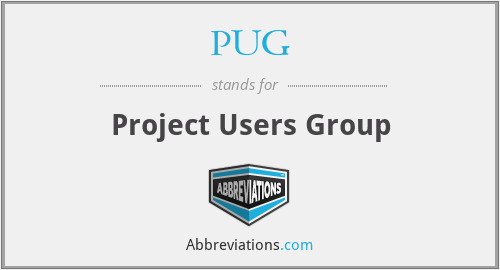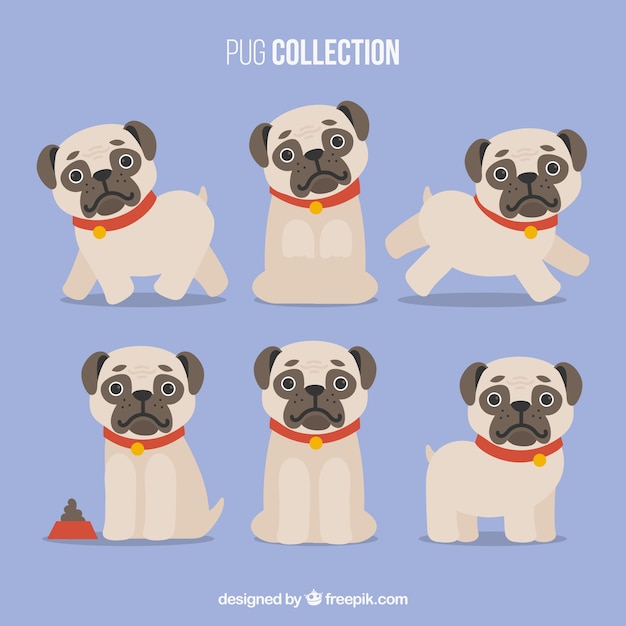
If you assign something in the template ref variable, it should be a directive or a component, for example: #var="ngForm" which ngForm is a built-in directive. But a directive can change thatīehavior and set the value to something else, such as itself. In most cases, Angular sets the reference variable's value to theĮlement on which it was declared. So, you just need ,The #var declares a var variable on this element. It can also be a reference to an Angular component

Following example shows how we can use this feature −Īpp.A template reference variable is often a reference to a DOM element Instead of copying that to every view we create, we can use the include feature. For example, if you see a news website, the header with logo and categories is always fixed. Pug provides a very intuitive way to create components for a web page. But if we don’t pass any object or pass one with no user key, then we will get a signup link. When we render this using our routes, we can pass an object as in the following program − To achieve this, we can define a simple template like − If a User is logged in, the page should display "Hi, User" and if not, then the "Login/Sign Up" link. We can use conditional statements and looping constructs as well. The above code will display the following output. This method of using values is called interpolation. For example, in the above example, if we wanted to put Greetings from TutorialsPoint, then we could have done the following. To run this page, add the following route to your app −Īpp.get('/first_template', function(req, res) syntax.

Inside that create a file called first_view.pug, and enter the following data in it. Add the following code to your index.js file. Now that Pug is installed, set it as the templating engine for your app.

To use Pug with Express, we need to install it, There is a lot of ground to cover on this. Pug is a very powerful templating engine which has a variety of features including filters, includes, inheritance, interpolation, etc. Templating engines are used to remove the cluttering of our server code with HTML, concatenating strings wildly to existing HTML templates.


 0 kommentar(er)
0 kommentar(er)
